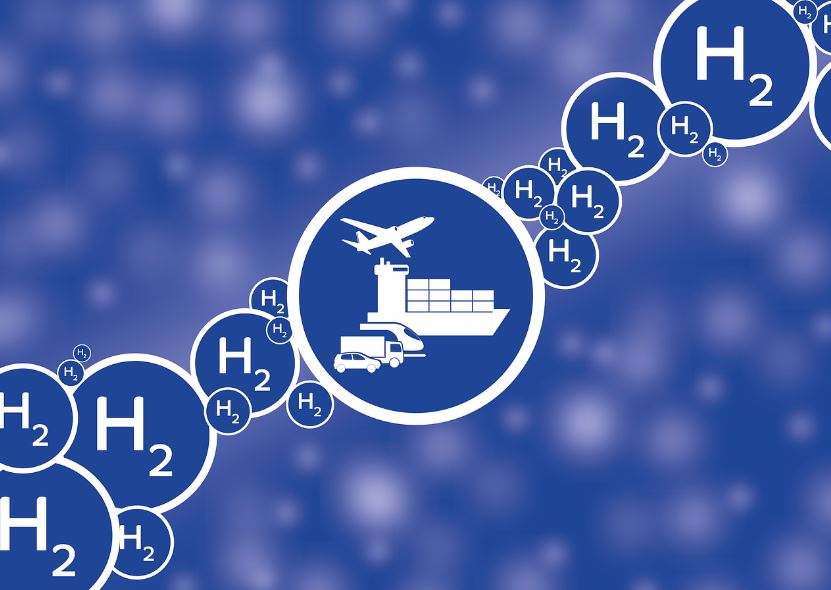The Maritime Technologies Forum (MTF), an association of prominent flag states and classification societies, has unveiled a report on the safety guidelines and key considerations for developing liquefied hydrogen bunkering systems and procedures.
The report stresses hydrogen’s potential as a zero-emission fuel aligning with the International Maritime Organization’s (IMO) Strategy on Reduction of GHG Emissions from Ships by 2050. It also addresses the intricacies of using hydrogen as marine fuel and as maritime cargo, highlighting the design and functional challenges and limitations.
MTF’s publication outlines several essential observations:
1. Unique Hydrogen Properties: Hydrogen’s specific properties, including its extremely low liquefied temperature, make it impossible to directly apply the experience from liquid natural gas (LNG) bunkering.
2. Complex Bunkering Process: Unlike LNG, the hydrogen bunkering process requires that no nitrogen be present in the piping systems, as it would freeze and block the systems.
3. Material and Insulation Requirements: Different insulated components and piping materials are necessary due to hydrogen’s properties.
4. Vessel-Specific Procedures: More automated and vessel-specific bunkering procedures will be required.
5. Crew Training and Certification: The complexity of hydrogen bunkering increases the need for more extensive crew training and certification.
6. Safety Management Systems: Safety Management Systems must be updated to address additional safety concerns related to liquefied hydrogen bunkering.
Alf Tore Sørheim, Acting Director General of Shipping and Navigation at the Norwegian Maritime Authority, emphasizes the importance of these guidelines due to the absence of international standards for liquefied hydrogen bunkering. Sørheim cites the joint submission of the report to the IMO by MTF flag state members as a crucial step in advancing safer bunkering operations globally.





